Computational Systems Biology & Medicine
In biomedical engineering, computational modeling is used to help researchers gain an enhanced understanding of complex biological processes. It has many applications in medicine, which include improving our understanding of human physiology, visualizing and interpreting experimental data, and designing novel therapies. Below, learn more about ongoing research involving computational modeling from investigators in the MU-MCW Department of Biomedical Engineering.
Computational Systems Biology & Medicine Laboratories
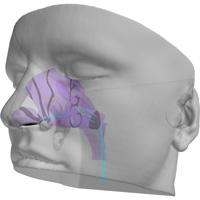 Airway Biomechanics Laboratory
Airway Biomechanics Laboratory
Dr. Garcia and the Airway Biomechanics Lab (Airway Lab) are developing surgical planning tools for obstructive sleep apnea and nasal airway obstruction based on solid mechanics and fluid mechanics simulations.
Learn more about the Airway Lab | Learn more about Dr. Garcia
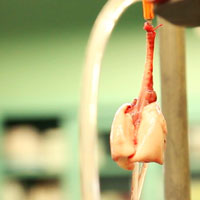 Computational Lung Physiology Laboratory
Computational Lung Physiology Laboratory
Dr. Audi and the Computational Lung Physiology Laboratory (CLPL) use physiologically based pharmacokinetic modeling to identify biomarkers for detecting and monitoring acute lung injury and acute respiratory distress syndrome.
Learn more about the CLPL | Learn more about Dr. Audi
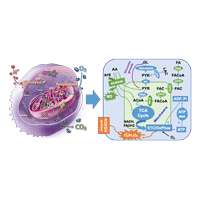 Computational Systems Biology Laboratory
Computational Systems Biology Laboratory
The Computational Systems Biology Laboratory (CSBL) uses computational modeling to understand the the regulation of mitochondrial, cellular, and tissue/organ functions under healthy conditions and the pathogenesis of different diseases.
Learn more about the CSBL | Learn more about Dr. Dash
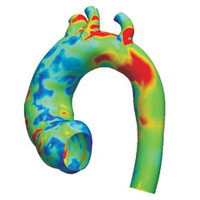 Laboratory for Translational, Experimental & Computational Cardiovascular Research
Laboratory for Translational, Experimental & Computational Cardiovascular Research
The Laboratory for Translational, Experimental & Computational Cardiovascular Research (CV T.E.C.) is interested in modeling and understanding the roles of physiological forces generated by blood flow in the pathogenesis of cardiovascular diseases.
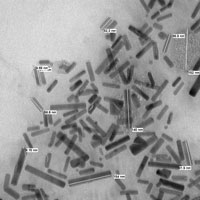 Nanomedicine & Image-Guided Interventions Laboratory
Nanomedicine & Image-Guided Interventions Laboratory
Dr. Amit Joshi and the Nanomedicine & Image-Guided Interventions Laboratory (NIGIL) use computational modeling to better understand the protein-protein interaction network that regulates cell proliferation and division in health, viral infection, and cancer.
Learn more about NIGIL | Learn more about Dr. Joshi
 NeuroMotor Control Laboratory
NeuroMotor Control Laboratory
Directed by Dr. Robert Scheidt, The NeuroMotor Control Laboratory (NMCL) uses computational modeling to advance understanding of how the human brain uses sensory information to control goal-directed movements and acquire novel sensorimotor skills.
Learn more about the NMCL | Learn more about Dr. Scheidt

